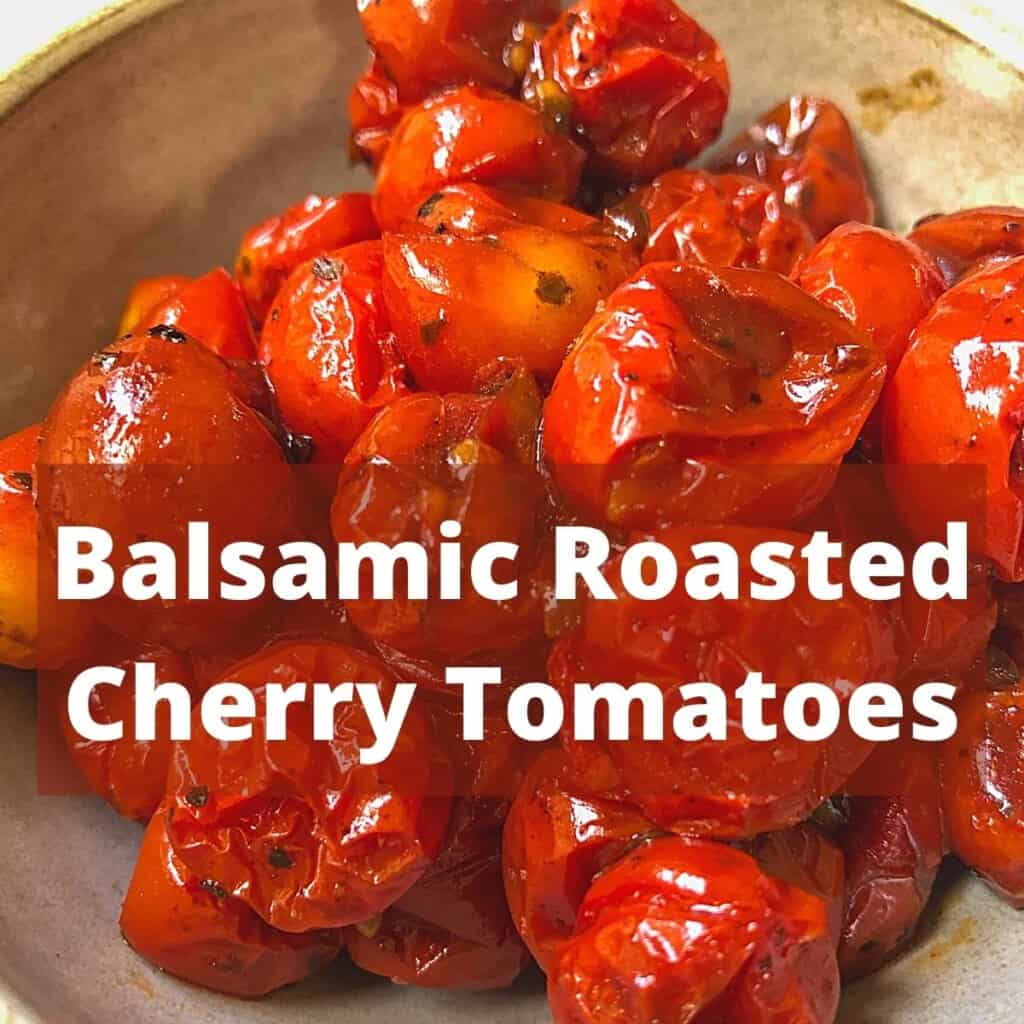Cooking tips for making healthful meals for people with diabetes. Ways to increase fiber, lower fat and create delicious low carb meals the whole family will love.

This post originally published March 2016, now updated with photos and links.
Healthful Diabetes Cooking Tips
Interested in easy low carb recipes for making some healthful changes to your eating habits? Here's a low stress, low fuss way to ease into a healthy diet for diabetes.
- Cook with whole grain products like brown rice, barley, bran, oatmeal and quinoa rather than refined grains. Be sure to keep your measuring cup handy for portioning proper serving sizes. A serving of most cooked grains is about ½ cup.

- Use better-for-you fats such as olive oil, nuts, seeds, avocado, and olives.
- Consider having a bowl of low carb veggie soup before meals to help control appetite and keep a salad bowl in your refrigerator for a quick snack.
- Add low carb veggies to casseroles and salads for a more-filling meal.
- Roasted veggies are a delicious addition to any meal. Slice veggies such as peppers, onions, mushrooms, etc. and toss with a small amount of olive oil to moisten. Add a clove of chopped garlic and season with salt and pepper. Roast on a foil-lined pan at 400 degrees for 20 minutes or until tender.

- Try using Greek yogurt in place of sour cream in dip recipes. This will add extra protein to your meals which will help you feel more satisfied and keep you on track.
- When your sweet tooth needs a treat, reach for fruit. Carefully measure fruit and be sure to count the carbs in your meal plan. It will add fiber and vitamins to your diet. Try making a smoothie with Greek yogurt at breakfast for a high protein treat.
- Experiment with herbs and spices in your recipes to help keep your taste buds happy. Keep seasonings near your stove so you will be sure to use them often.
- Keep a bag of frozen diced onions handy in your freezer to easily season recipes.
- Include plenty of lower carb veggies in your diet such as tomatoes, summer squash, onions, peppers, cabbage, lettuce, mushrooms, etc. These will help you feel full between meals and also add fiber to your diet which improves blood glucose levels and GI health.

- Drain and rinse ground beef in a colander to lower calories.
- Make gravies and sauces without fat by mixing cornstarch with a small amount of cold water. Stir slowly into the hot liquid and simmer to thicken.
- Cook veggies in lower-sodium broth instead of butter to help lower calories.
- Roast a chicken or turkey breast and keep handy to add to salads and wraps.
- Use a tasty marinade such as balsamic vinegar or soy sauce prior to cooking to add a burst of flavor to meals.
Planning ahead is key! Take a few moments to plan out your meals for the week. This will help you grocery shop more efficiently and will keep you focused on healthy meals. Be sure to check out my meal planners for more tips and ideas!



Comments
No Comments